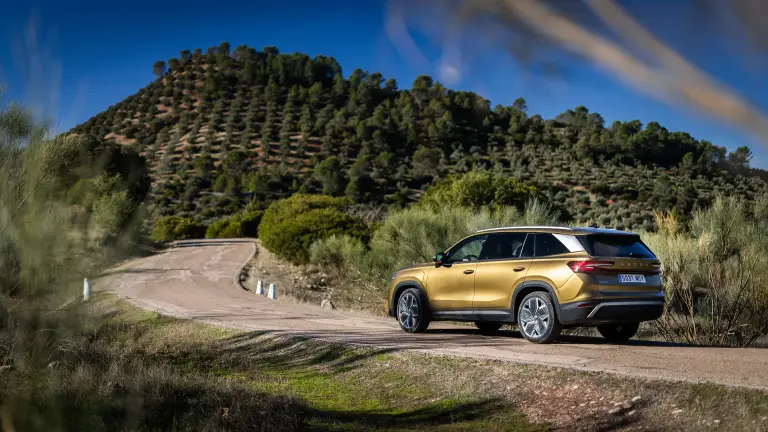Flywheel as a back-up
The two backup generators are impressive pieces of kit, both technically and visually. To give them their proper name, they are dynamic uninterrupted power supplies, or DUPS. The diesel generators are just one part of these fascinating machines, which only start in the event of a power failure or a large fluctuation in the grid. In addition to the engines, there is a giant alternator and a “kinetic module”, which is actually a huge flywheel.
 The centre has its own backup if the electricity is cut. There are diesel generators on the ground floor.
The centre has its own backup if the electricity is cut. There are diesel generators on the ground floor.
The alternator spins constantly at a steady speed, filtering out any instability coming from the grid. “This instability has been significant in recent years, so a solution like this is a necessity,” Patka says on the subject of how the technologies are powered. The flywheel comes into play in the event of a dropout: when power stops flowing from the grid into the alternator, the flywheel can keep it spinning at unchanged speed for about 8 seconds; within 1.5 seconds the diesel generator will automatically kick in and take control of the alternator’s rotation and thus the power supply.



























